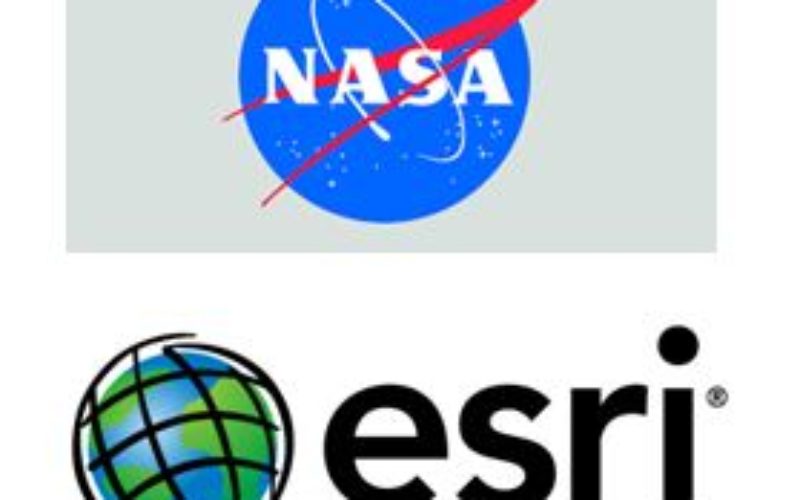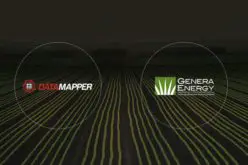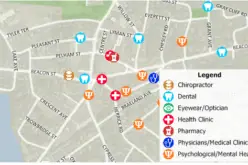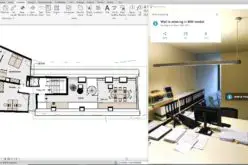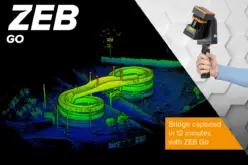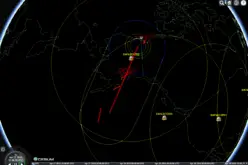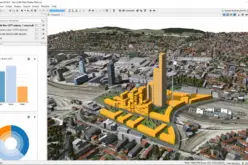Esri Opens LERC to the Geospatial Community
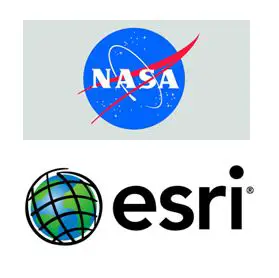 Redlands, California—Esri and NASA are collaborating to improve access to imagery and raster data stored in the cloud using a combination of two technologies, Meta Raster Format (MRF) and Limited Error Raster Compression (LERC). MRF is an Open raster format originally designed at the NASA Jet Propulsion Lab (JPL) to optimize web access to rasters. LERC is a highly efficient algorithm that provides fast lossless and controlled lossy compression of image and raster data. LERC is especially suitable for geospatial applications. Esri was recently awarded a US Patent for LERC, and is making the patented LERC technology freely available to the geospatial and earth sciences community.
Redlands, California—Esri and NASA are collaborating to improve access to imagery and raster data stored in the cloud using a combination of two technologies, Meta Raster Format (MRF) and Limited Error Raster Compression (LERC). MRF is an Open raster format originally designed at the NASA Jet Propulsion Lab (JPL) to optimize web access to rasters. LERC is a highly efficient algorithm that provides fast lossless and controlled lossy compression of image and raster data. LERC is especially suitable for geospatial applications. Esri was recently awarded a US Patent for LERC, and is making the patented LERC technology freely available to the geospatial and earth sciences community.
By sharing MRF and LERC with the community, NASA and Esri will enable organizations to lower storage costs and gain fast access to imagery and data as web services. Speedy and accurate web access to imagery will help improve the way people understand and analyze changes in the Earth.
“We have been working with NASA to improve the MRF format, but want to take this a step further and release our patent on LERC,” said Esri president Jack Dangermond. “By contributing the LERC algorithm to the geospatial community, we hope to inspire innovation and encourage problem solving.”
NASA has had notable success using MRF as an image raster format and is collaborating with Esri on improvements to the format. In addition, Esri has contributed code improvements to the Open Source geospatial data abstraction library (GDAL) implementation of MRF. This work is focused on access to rasters stored in the cloud on object stores.
“We’ve been using MRF to create and distribute imagery for a number of years, but we are only now starting to explore browser access to these datasets,” said NASA Earth Science Data Systems program executive Kevin Murphy. “Our collaboration with Esri and the release of Esri’s patent on LERC ensures that more people can enjoy efficient, accurate transmission of imagery and data over the web.”
LERC is being released as Open Source under an Apache2 License and will also be included in the NASA MRF Open Source project.
Attendees of the American Geophysical Union (AGU) Fall Meeting in San Francisco, on December 17, can hear more about this as Lucian Plesea, Esri Web GIS developer, presents a talk from 11:20 AM–11:35 AM in Moscone West #2020, titled: Formats and Network Protocols for Browser Access to 2D Raster Data.
For more information on MRF and LERC, please visit the Esri ArcGIS blog at blogs.esri.com/esri/arcgis.


